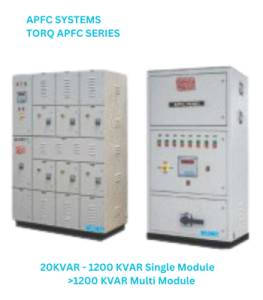
This comprehensive guide dives deep into the fascinating world of power electronics, equipping you with the knowledge and skills necessary to understand, design, and analyze power electronic systems. Whether you're a student, engineer, or hobbyist, this resource provides a clear and accessible path to mastering this crucial field.
What you'll learn:
Who should read this book?
This book provides:
Order your copy today and embark on a journey to mastering the world of power electronics!